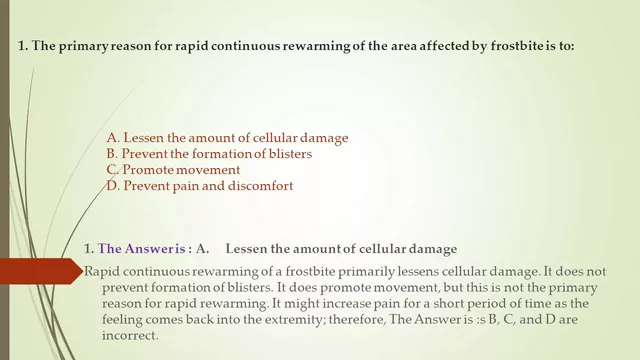Eulexin: What You Need to Know
When you see Eulexin, a second‑generation antihistamine used for seasonal allergies. Also known as desloratadine, it blocks histamine H1 receptors to ease sneezing, itching, and watery eyes. Antihistamine a drug class that counters the effects of histamine Allergic rhinitis inflammation of the nasal passages caused by allergens is the condition Eulexin primarily targets. The medication may cause sedation a feeling of drowsiness or reduced alertness, especially if taken in higher doses. In short, Eulexin encompasses relief from allergic symptoms, requires proper dosing, and can influence alertness.
The way Eulexin works is simple yet effective: by preventing histamine from binding to H1 receptors, it stops the cascade that leads to nasal congestion, runny nose, and itchy eyes. This mechanism makes it a true antihistamine that addresses the root cause rather than just masking symptoms. Because it’s a second‑generation drug, it’s designed to stay out of the brain as much as possible, which usually means less sedation compared to first‑generation counterparts.
Typical dosing for adults is one 5 mg tablet once daily, taken with or without food. Children over the age of six can often use the same dose, but younger kids may need a liquid formulation with weight‑based adjustments. The key to avoiding unwanted drowsiness is sticking to the recommended amount; exceeding it raises the chance of sedation and may increase the likelihood of dry mouth or headache. If you notice persistent sleepiness, talk to your pharmacist about timing the dose earlier in the day.
When you compare Eulexin to other popular antihistamines like cetirizine or loratadine, a few patterns emerge. Cetirizine tends to be a bit more potent but can cause more sedation in sensitive users. Loratadine is often praised for its low sedation profile, yet some people find it less effective at clearing nasal congestion. Eulexin sits in the middle, offering strong symptom control with a relatively low sedation risk for most adults. Your personal response may vary, so many doctors suggest a short trial of each to see which fits your lifestyle best.
Safety-wise, Eulexin interacts with a handful of other drugs, especially those that affect liver enzymes (CYP3A4 and CYP2D6). Combining it with certain antifungals, antibiotics, or other antihistamines can raise blood levels and increase side‑effect chances. Always list your current medications to your healthcare provider, and avoid alcohol if you’re already prone to drowsiness. For people with severe kidney or liver impairment, dose adjustments may be necessary, so a medical review is essential before starting.
Below you’ll find a curated set of articles that dive deeper into the topics we’ve touched on. From detailed drug‑comparison charts and dosage calculators to tips on buying safe generic versions, the posts below cover everything you might need to make an informed decision about Eulexin and related allergy treatments. Explore the collection to get practical advice, real‑world comparisons, and the latest research insights right at your fingertips.

Flutamide (Eulexin) vs. Top Anti‑Androgen Alternatives - Quick Comparison
- Date: 21 Oct 2025
- Categories:
- Author: David Griffiths
Compare flutamide (Eulexin) with top anti‑androgen alternatives, covering efficacy, side‑effects, dosing, cost, and when to choose each option.




